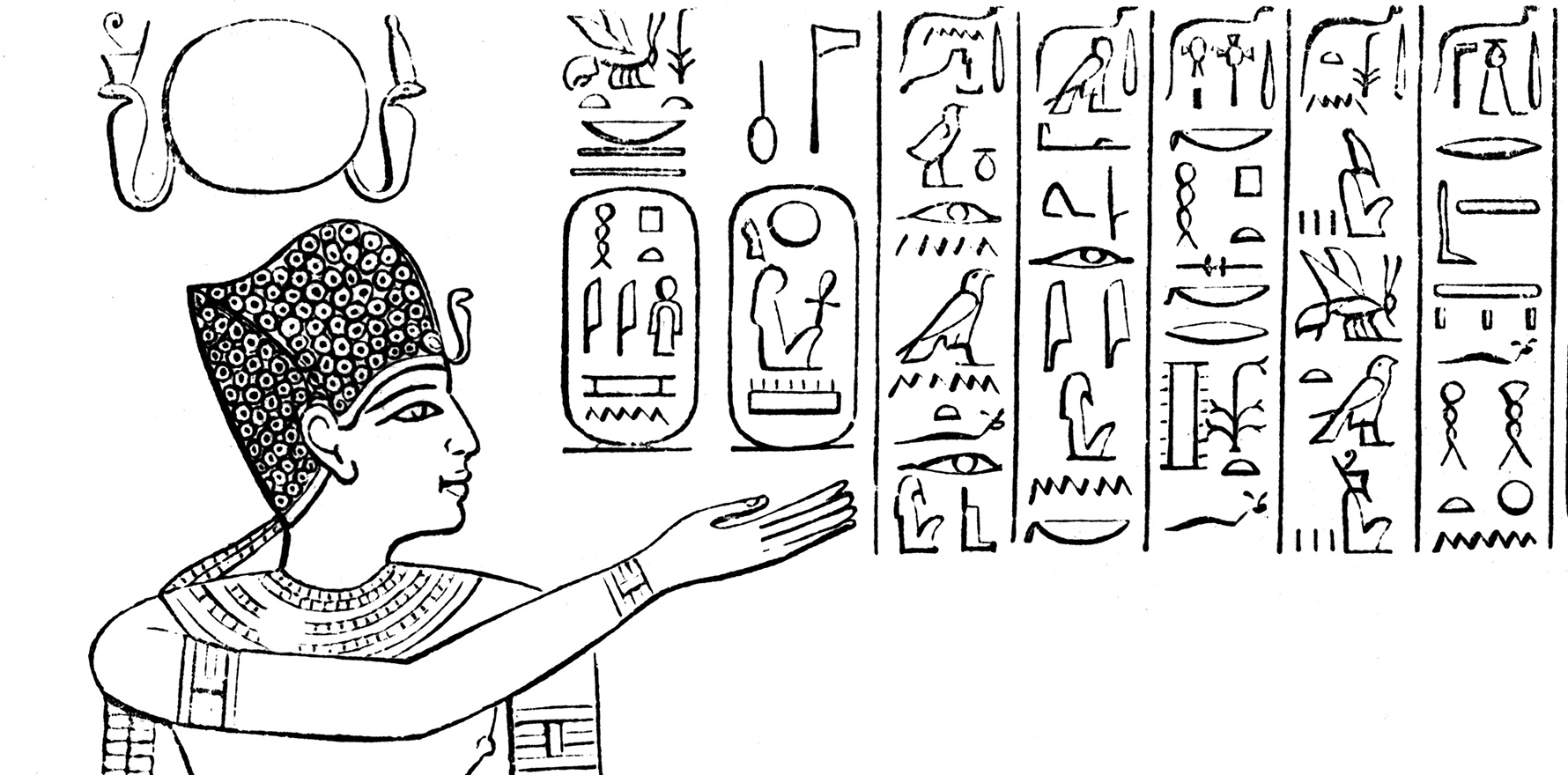When medical jargon becomes natural, it's easy to leave patients dazed and confused.
Students learning medicine must learn a whole new language to allow them to express their clinical impressions to others accurately.
In time, this becomes second nature and soon they can be heard babbling away confidently and sounding quite the part. Communication skills are a standard part of medical education and the teachers take great care to ensure that these newly found linguistic skills do not impinge on their communication with patients. Most seem to take this on board and do their utmost not to confuse patients.
With all of this good education going on, why is it that we hear of misunderstandings between doctors and patients? Do doctors really throw up verbal smokescreens to confound others? A recent paper from the University of Minnesota would suggest so.
A survey of 215 members of the public examined their understanding of some common phases used by doctors in their consultations. Words such as “your cancer screening test came back and the results were negative” were correctly interpreted by 97.7% of the people. However, only 21% correctly understood that a doctor saying their radiography was “impressive” was generally bad news. And “Have you been febrile?” was understood by just 9.3%.
The researchers concluded that medical jargon is alive and well and living in consulting rooms in Minnesota – and presumably a lot of other places as well.
Before we all take the view that doctors need yet more browbeating about their communication skills, let us look at this paper in context. The study participants were members of the public visiting the Minnesota State Fair. Presumably, they were looking forward to a day of candyfloss and helter-skelter rides rather than being accosted by researchers offering university-branded backpacks as inducements to participate. They were not expecting to be patients that day and may even have been there to get away from worries about health.
The questions were multiple choice, with no opportunity to ask for clarification. Medically qualified readers will all be familiar with patients who ask for immediate explanations of terms and most, I hope, will understand the power of the phrase: “By which I mean … ”
Somehow, the study methods used by these researchers seem not to accurately replicate the conditions found in your average clinic and, in fairness, they acknowledge this.
Don’t infantilise
Why use certain terms and phrases in the first place? Oddly, the answer is not wholly straightforward. Today’s internet-enabled patient is better informed than ever. Popular TV programmes show doctors and patients in action, using copious quantities of medical jargon for realism and artistic effect. The public lap it up.
In the clinic, patients like to be treated as adults and communicated with accordingly. They don’t want to be infantilised or patronised – and they certainly let doctors know if they are made to feel that way. Skilled doctors know this and will introduce terms followed (hopefully) by immediate explanations to ensure understanding. Too slow with an explanation and the wily patient will ask: “Can I have that in English please?”
Whatever the words used and however they are put, some patients are not in a position to take it all in. Fear and anxiety cloud the comprehension of messages in any consultation, and this must be accounted for. There should be adequate adjuncts, such as information leaflets, web links, and that all-important opportunity to ask questions at the time or on a subsequent occasion.
Nobody should leave a healthcare consultation confused and none the wiser because of the use of medical jargon, and none should be spoken down to or patronised. The skill of the doctor is to find the happy medium and make patients feel informed and respected – even if they can’t always offer a cure.
This article was originally published by The Conversation.
Stephen Hughes is a senior lecturer in medicine at Anglia Ruskin University.


